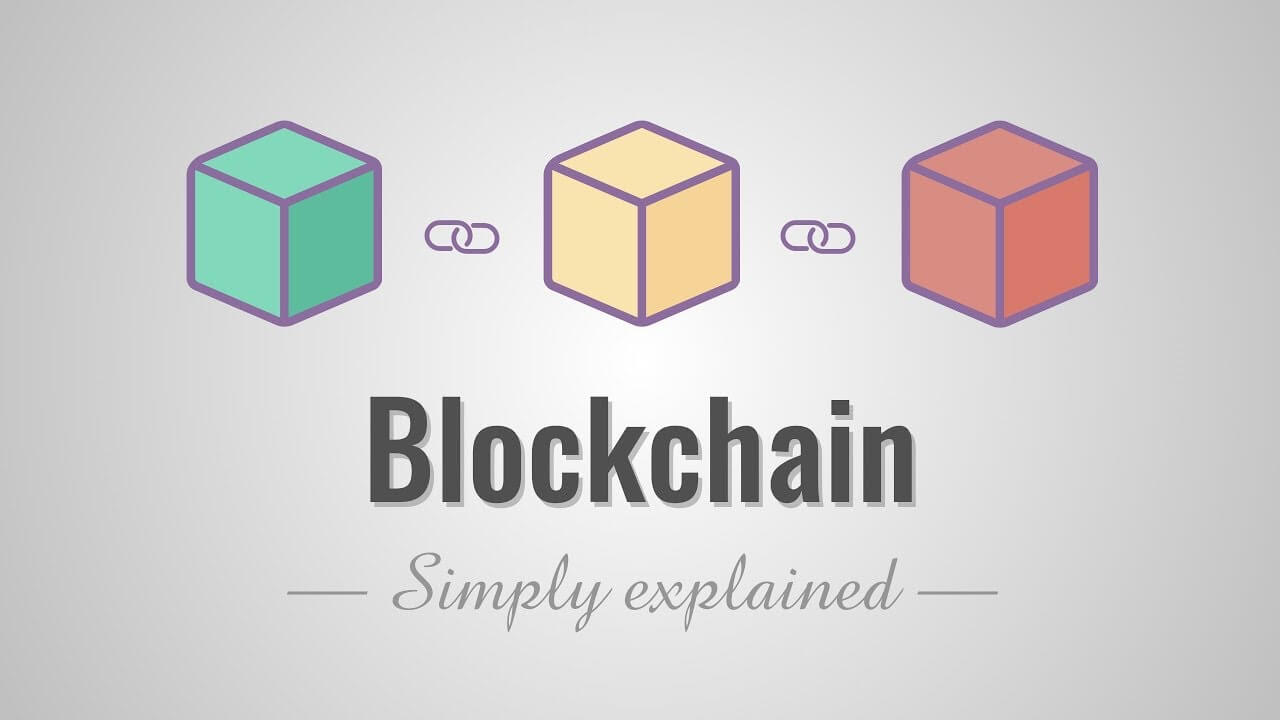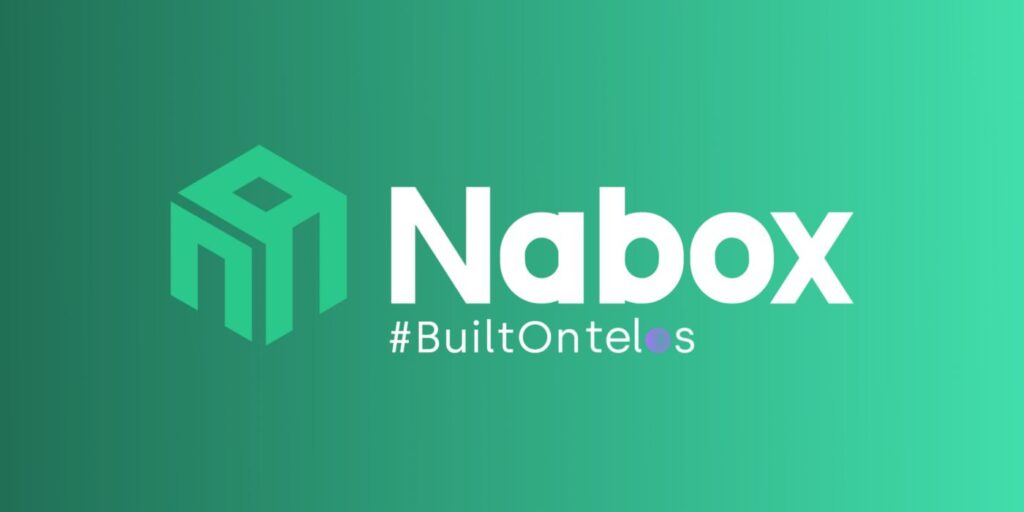
The impact of blockchain technology has been profound, causing a significant shift in various sectors and altering our understanding of transactions, security, and data management. Leading this paradigm shift is Bitcoin, the inaugural cryptocurrency that brought the concept of decentralized digital money to the forefront. In this all-encompassing piece, we will set out on an exploration to gain insight into the complex mechanics of blockchain technology and immerse ourselves in the captivating realm of Bitcoin. The Immediate Revolution 360 has helped many novices enter the Bitcoin trading market with ease.
Understanding Blockchain Technology: The Foundation of Innovation
What is Blockchain?
Blockchain technology is a distributed and immutable digital ledger that records transactions securely and transparently. It operates on a decentralized network of computers, or nodes, which work collaboratively. Each block contains a set of transactions, and once added, it becomes a permanent part of the blockchain. This forms a chronological chain of blocks, showcasing the beauty of blockchain’s transparency and resistance to tampering. As a result, blockchain is an ideal solution for various applications beyond cryptocurrencies.
Key Features of Blockchain
- Decentralization: Unlike traditional centralized systems, blockchain operates on a network of nodes, eliminating the need for intermediaries and giving users more control over their data and transactions.
- Transparency: All transactions on the blockchain are visible to all participants in real time. This transparency ensures accountability and reduces the risk of fraud.
- Immutability: Once a transaction is added to the blockchain, it cannot be altered or deleted. This feature enhances security and builds trust among users.
- Security: Blockchain uses advanced cryptographic techniques to secure transactions and data. Each block contains a unique code, and any attempt to modify a block would require consensus from the majority of nodes, making hacking extremely difficult.
The Rise of Bitcoin: A Digital Revolution
Genesis of Bitcoin
In 2009, an individual or group operating under the pseudonym Satoshi Nakamoto launched Bitcoin, heralding a groundbreaking idea: a decentralized digital currency. This innovative concept sought to tackle key challenges ingrained in conventional financial systems. These challenges encompassed steep transaction fees, protracted cross-border money transfers, and the concentration of authority within centralized entities.
How Bitcoin Works
Bitcoin functions based on a peer-to-peer framework, enabling users to conduct payment transfers directly, and eliminating the necessity of intermediaries such as banks. The verification of transactions occurs through cryptography within a network of nodes, and the details are subsequently added to the blockchain, a digital ledger. The process of mining involves robust computers solving intricate mathematical puzzles to validate transactions and append them to the blockchain.
Advantages of Bitcoin
- Financial Inclusion: Bitcoin provides access to financial services for individuals who are unbanked or underbanked, especially in regions with limited banking infrastructure.
- Low Transaction Fees: Traditional payment methods often involve significant transaction fees, particularly for international transfers. Bitcoin transactions, on the other hand, come with lower fees.
- Security and Privacy: Bitcoin transactions are secure and private. Users can make transactions without revealing their real identities, adding a layer of privacy to financial activities.
Exploring the Future Possibilities
Beyond Cryptocurrencies
Bitcoin’s rise to prominence marked the emergence of cryptocurrencies, yet the applications of blockchain technology reach well beyond the realm of digital money. Diverse sectors like supply chain management, healthcare, real estate, and voting systems are actively investigating the profound potential of blockchain to elevate levels of transparency, traceability, and security in their operations.
Challenges and Scalability
Blockchain technology, encompassing cryptocurrencies like Bitcoin, encounters noteworthy challenges in terms of scalability and energy usage. The integral mining process demands considerable computational prowess, giving rise to apprehensions regarding its ecological footprint. Ongoing endeavors are dedicated to the creation of consensus mechanisms that are eco-friendlier in terms of energy consumption, as well as the augmentation of scalability to cater to an expanded volume of transactions.
Conclusion: A New Era of Possibilities
As we conclude our journey into the world of blockchain and Bitcoin, it’s clear that these innovations are shaping the future of technology and finance. The decentralized nature of blockchain, coupled with the potential of cryptocurrencies like Bitcoin, has ignited a paradigm shift in how we perceive and interact with digital assets, transactions, and data management. The road ahead promises further advancements, collaborations, and solutions to address the challenges faced by these groundbreaking technologies.
Also Read: Lightweight Strategies for Investment: Bitcoin and the Feather’s Flight
